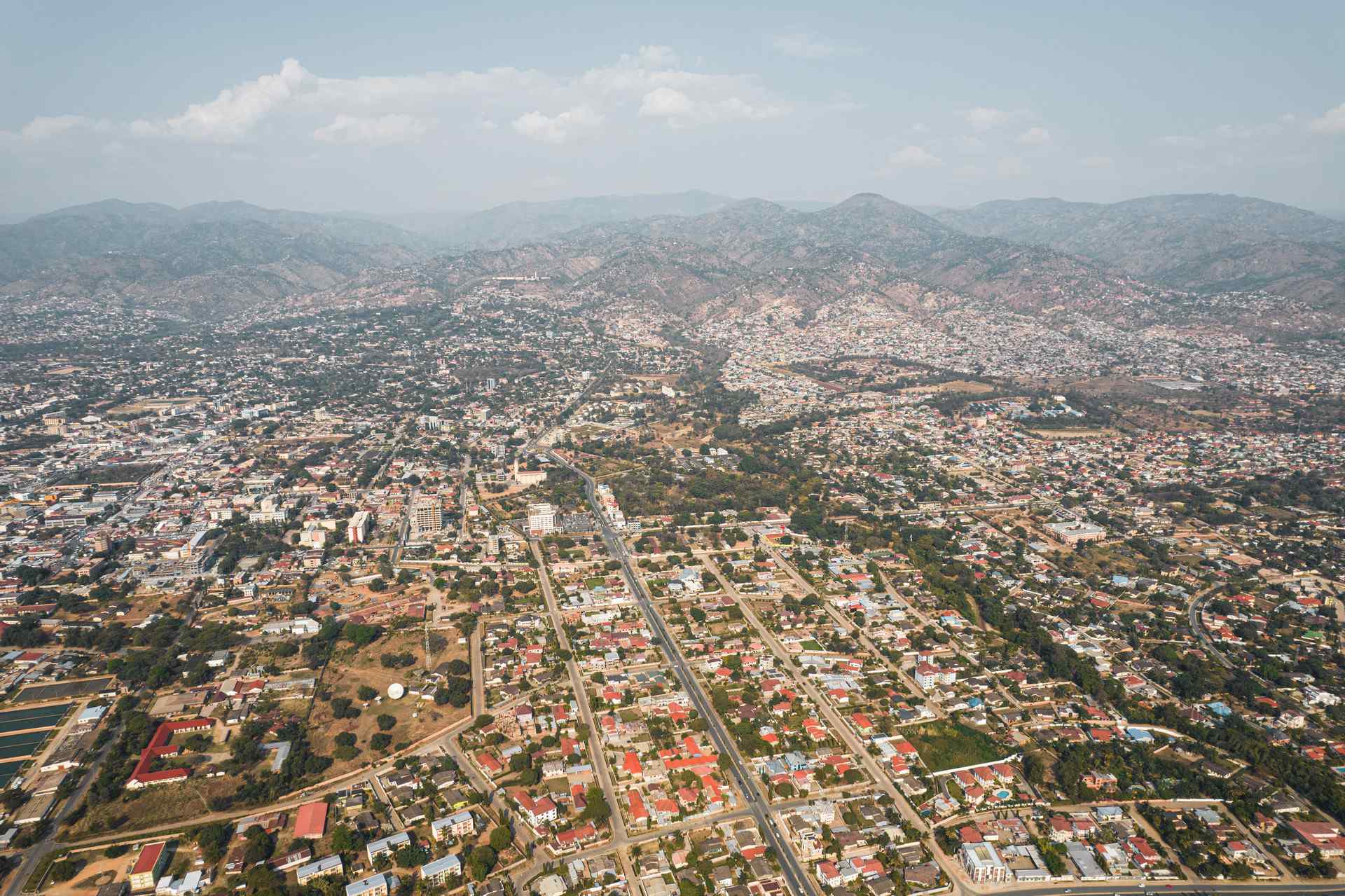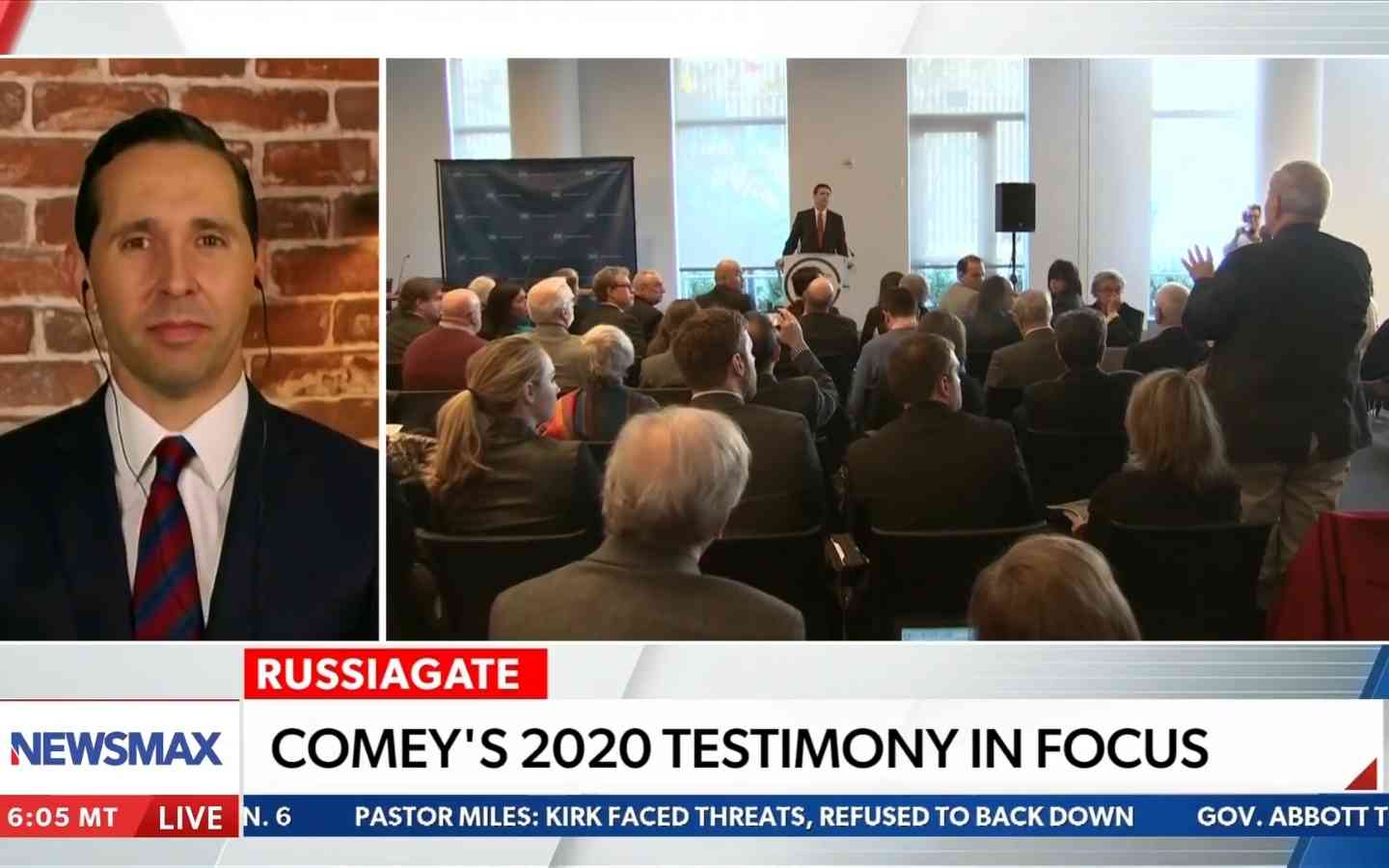
Mexico’s government is taking aim at major American gunmakers, alleging that lax industry practices fuel the country’s brutal cartel violence. While Mexico seeks up to $10 billion in damages, the deeper story – as reported by The New York Sun’s Hollie McKay – reveals a complicated tapestry of corruption, international smuggling routes, and powerful criminal networks. Here’s what’s at stake.

A Lawsuit With Far-Reaching Consequences
Mexico has asked the U.S. Supreme Court to hold gun companies liable for weapons that eventually end up with cartels. According to the Mexican government, these manufacturers knowingly ignore so-called “straw purchases” and turn a blind eye to red flags. Gunmakers, on the other hand, cite protection under the 2005 Protection of Lawful Commerce in Arms Act, which shields them from liability when third parties misuse their products.
The Supreme Court’s decision, expected soon, could have vast implications. If the lawsuit succeeds, it might pave the way for litigation against any business whose products are used in criminal activities – a landmark shift in how cross-border responsibility is determined.
Spotlight on John Thomas of Nestpoint Associates
John Thomas, managing director of strategic advocacy firm Nestpoint Associates, is particularly vocal on this issue. Speaking to The New York Sun, he argued that much of Mexico’s gun problem starts at home rather than at America’s factories:
“Mexico tries to deflect blame onto the U.S. gun manufacturers instead of looking at their own borders and corruption. Many of the weapons that end up in the hands of cartels are legally purchased from American manufacturers by the Mexican military, who then sell them or lose track of them. It’s not the fault of the gun manufacturers.”
According to Mr. Thomas, placing sole responsibility on U.S. gunmakers ignores fundamental realities, such as the complicity of corrupt officials. He also notes:
“It’s a proxy fight for those liberal groups who want to put the manufacturers out of business and stop guns from being so easily available to U.S. citizens.”
These comments underscore the broader debate: Who truly bears responsibility for preventing the illegal flow of arms – the producer, the purchaser, or the governments charged with policing borders?
The Flow of Illicit Weapons
One of the central contentions is that United States weapons are the primary source of cartel firepower. Although many firearms do cross America’s southern border, The New York Sun highlights that organized crime groups also acquire arms from Central and South America, Eastern Europe, and beyond. Illicit workshops in Mexico, including the notorious Tepito market, even manufacture components using sophisticated machinery.
Mr. Thomas stresses that a large share of this weaponry begins as legitimately sold firearms destined for the Mexican military or foreign markets – then gets “lost” or sold on the black market:
“Most of the weapons are either coming from Mexico’s own military — where they’re legally purchased but then either sold or lost track of — or from the U.S. via South America.”
Cartels Thrive Amid Corruption
Behind the flood of illegal guns is a steep rise in cartel violence, driven by rampant corruption and an overwhelmed justice system. While Mexico has extremely strict gun laws on paper, the staggering homicide statistics reveal how easily criminals circumvent those restrictions. Impunity rates approach 99 percent in many jurisdictions, meaning cartels operate with virtual freedom.
As the article notes, critics of the lawsuit say Mexico should address its own governance challenges. A second amendment attorney quoted in Ms. McKay’s piece urges the Mexican government to “fully commit to annihilating the cartels” rather than seeking legal damages from foreign manufacturers.
Why This Matters
A ruling that allows Mexico’s lawsuit to move forward could reshape the entire landscape of corporate liability. Gunmakers warn that finding them responsible for crimes committed abroad would open the door to similar litigation targeting any product used unlawfully. Mexico, however, maintains that these defendants systematically profit from the illegal market and should be held accountable for the downstream consequences.
Regardless of how the justices decide, the case highlights the complexities of cross-border crime, where fingers point back and forth in a cyclical blame game. The New York Sun’s reporting reveals how the crisis is fueled by multiple factors: weak borders, official corruption, overlapping smuggling routes, and, yes, American-made guns. But even the best lawsuits or laws may fail without systemic reforms on both sides.
Attribution
Original Source:
This blog post is derived from the in-depth article by Hollie McKay published in The New York Sun, titled “Are United States Gunmakers Really To Blame for Mexico’s Violent Crime Problem?” (nysun.com). Quotes from John Thomas of Nestpoint Associates are drawn directly from that piece, and all credit for the original reporting belongs to Ms. McKay and The New York Sun.





